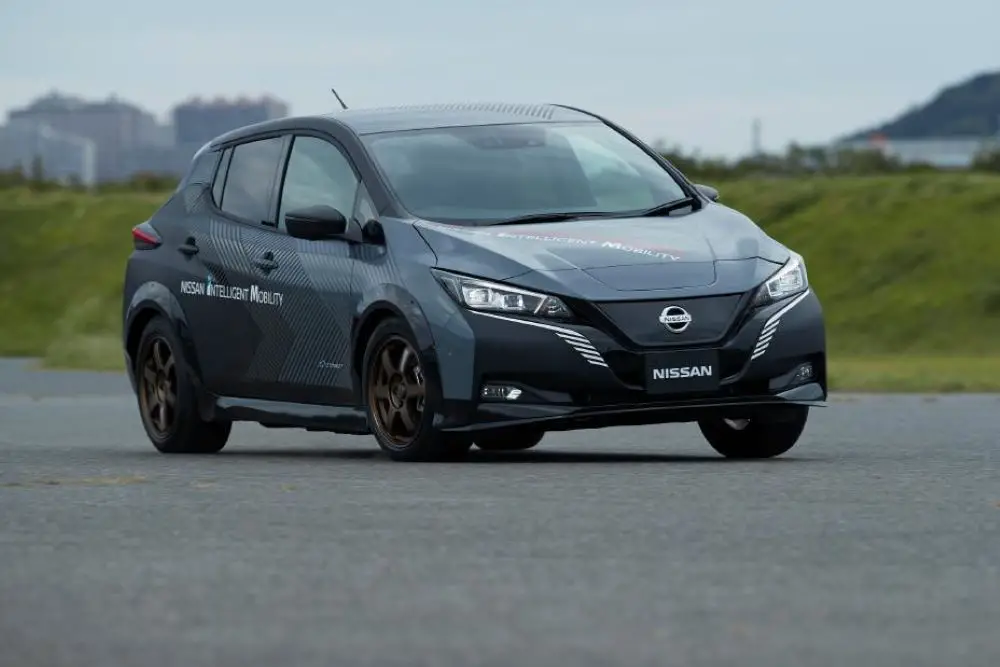
Nissan started the EV journey with the Nissan Leaf and this has not stopped. They have come up with the e-4orce all-wheel drive technology platform. Electric cars are known to be fast in a straight line, but Nissan wants its own EVs to deliver balanced performance, where handling and comfort are also prioritized. That's why the automaker is developing the e-4ORCE system.
The system, which works by managing the power delivery and braking individual wheels, is designed to enable a vehicle to follow its driver's intended line on a variety of surfaces, including ice and snow, without the driver having to change his or her driving style or input. The system constantly monitors various inputs, such as a wheel slipping, and reacts in an instant so that to the driver the motion of the vehicle feels seamless.
In normal conditions torque is split equally between the front and rear wheels, but when necessary, up to 100% of the torque can be sent to either axle, and then the torque to each wheel can be adjusted via the individual brakes. Regenerative braking can also be used to enhance comfort.
- Handling: e-4ORCE control technology provides balanced chassis control, line tracing, and steering precision at all times, keeping the vehicle's behavior predictable, even during sudden maneuvers. The system constantly modulates the output of each onboard twin electric motor as well as each wheel brake control to create dependable control for the driver.
- Comfort: The engineering team tasked with e-4ORCE development set comfort as a top priority. The challenge was to ensure impressive EV performance while also providing a smooth ride quality for all occupants under multiple driving scenarios.
- Road confidence: Driving on challenging surfaces, such as wet, icy or snowy roads, is challenging. The e-4ORCE's e-powertrain and braking system control ensures power is delivered to the wheels with the most grip while stabilizing vehicle motion to maintain handling control and line traceability. If the driver applies too much power, the system will manage output to ensure control and tracing the car is maintained, even on slippery roads.
- Acceleration: Nissan Leaf Plus hits 60 in less than 7 seconds, therefore e-Force is estimated to sprint 0-60 in not less than 5 seconds.




